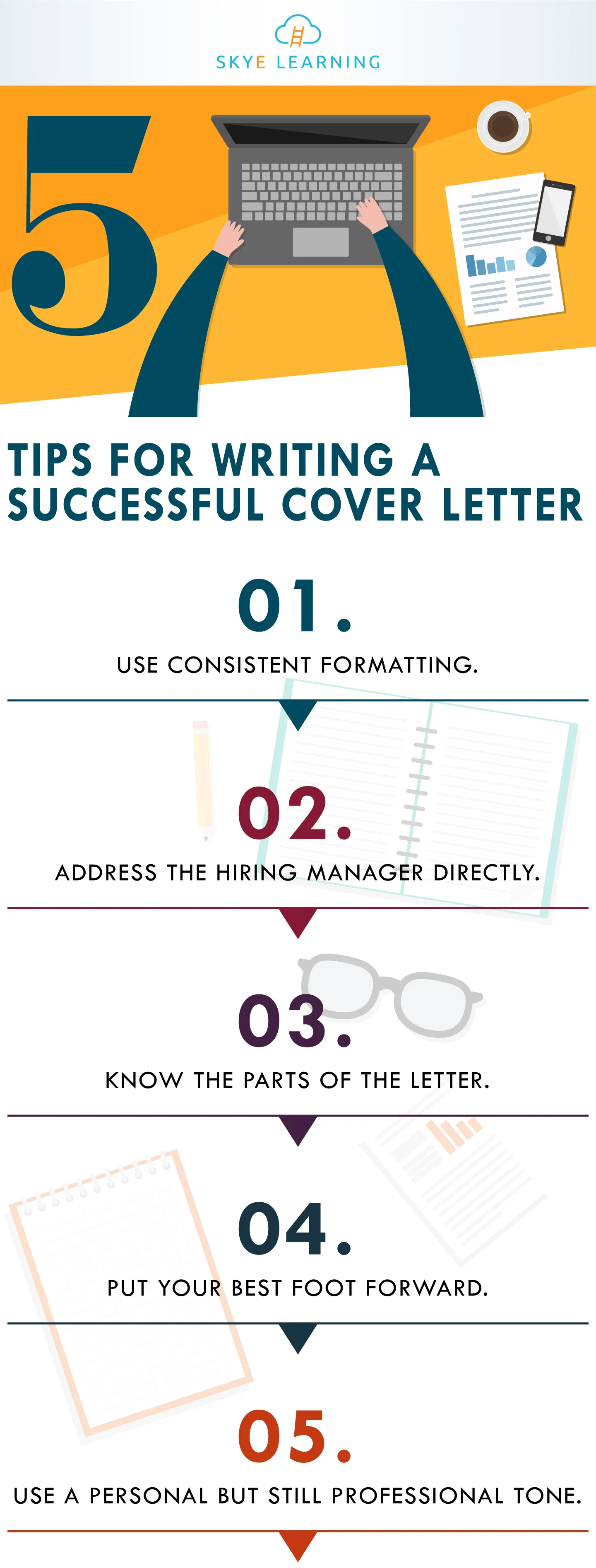What is a Cover Letter
A cover letter is a crucial document accompanying your resume when applying for a job. It serves as a personalized introduction, allowing you to showcase your personality, skills, and enthusiasm for the specific role and company. Unlike a resume, which provides a factual overview of your experience and qualifications, a cover letter allows you to tell a story and demonstrate how your unique background aligns with the employer’s needs. It’s your chance to make a strong first impression and convince the hiring manager to read your resume. A well-crafted cover letter can significantly increase your chances of getting an interview, while a poorly written one can immediately disqualify you from consideration. Therefore, taking the time to write a compelling cover letter is an investment in your job search success.
Why is a Cover Letter Important
The importance of a cover letter extends beyond simply fulfilling a requirement. It offers a valuable opportunity to differentiate yourself from other applicants by providing context to your resume. It allows you to elaborate on your skills, experiences, and achievements in a way that a resume alone cannot. A cover letter shows that you’ve taken the time to research the company and tailor your application to their specific needs, demonstrating genuine interest and initiative. Many hiring managers consider a cover letter a key indicator of a candidate’s communication skills, attention to detail, and overall professionalism. In some cases, a cover letter can even compensate for gaps in your resume by providing explanations or highlighting transferable skills. It’s your chance to sell yourself and convince the employer that you are the best fit for the job and the company culture. Additionally, it demonstrates your written communication abilities, a skill highly valued in most professional settings.
Cover Letter Format: Key Components
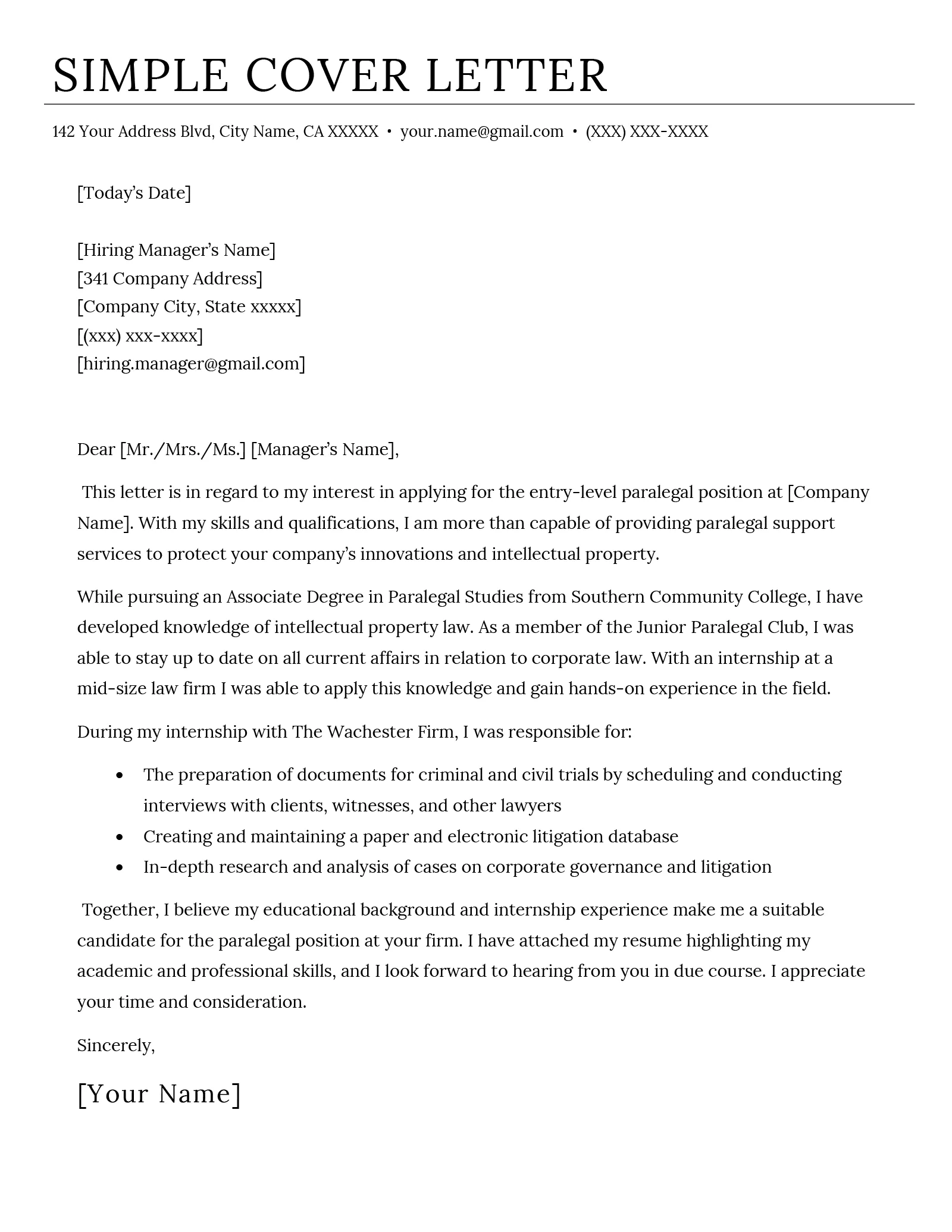
A well-structured cover letter follows a standard format that includes several key components. These components work together to create a cohesive and persuasive narrative, guiding the reader through your qualifications and compelling them to learn more. Each section plays a vital role in presenting your case and securing an interview. Adhering to the standard format ensures your letter is easy to read and professionally presented, increasing its impact on the hiring manager. Understanding the purpose of each component allows you to craft a letter that is not only informative but also engaging and memorable, thereby significantly improving your chances of success in the job application process.
Header Information
The header of your cover letter should include your contact information (name, phone number, email address, and optionally, your LinkedIn profile URL) and the date. It’s best to have this information at the top left or right corner of the document. Below this, include the hiring manager’s name, title, and the company’s address (if available). Using the hiring manager’s name shows that you’ve taken the time to research and personalize your application. This demonstrates attention to detail and a genuine interest in the position. Accurate contact information is crucial for the employer to reach you. Always double-check for any typos or outdated information before submitting your cover letter. A professional header sets the tone for the entire letter and helps you make a positive first impression.
Salutation
The salutation, or greeting, should address the hiring manager by name if possible. Using ‘Dear Mr./Ms./Mx. [Last Name]’ is standard practice. Researching the hiring manager’s name is a simple yet effective way to personalize your letter. If you are unable to find a specific name, options such as ‘Dear Hiring Manager’ or ‘Dear [Department Name] Team’ are acceptable, but try to avoid generic greetings. A personalized salutation shows that you have taken the time to do your homework and demonstrates your attention to detail. It immediately makes your letter more engaging and shows that you are not just sending out a generic application. This simple act of personalization can significantly increase your chances of making a positive impression and getting your application noticed.
Opening Paragraph: Grabbing Attention

The opening paragraph of your cover letter is your chance to grab the reader’s attention. Start with a strong statement that highlights your enthusiasm for the role or the company. Briefly mention where you saw the job posting and what specifically interests you about the opportunity. You can also include a key achievement or skill that immediately demonstrates your suitability for the position. The goal is to make the hiring manager want to read more. Avoid generic openings like ‘I am writing to express my interest.’ Instead, focus on conveying your passion and what makes you a unique candidate. A compelling opening paragraph sets the tone for the entire letter and encourages the reader to continue. This initial impression can significantly influence the hiring manager’s perception of you and your qualifications.
Body Paragraphs: Showcasing Your Value
The body paragraphs are where you showcase your skills and experience, demonstrating how they align with the job requirements. Each paragraph should focus on a specific skill or achievement, providing concrete examples to support your claims. Use the STAR method (Situation, Task, Action, Result) to structure your examples, illustrating the challenges you faced, the actions you took, and the positive outcomes you achieved. This method helps you present your experience in a clear and compelling way. Tailor your examples to the specific requirements listed in the job description, highlighting the most relevant skills and experiences. This shows that you have carefully considered the role and are a good fit. Use strong action verbs and quantify your achievements whenever possible to make your accomplishments more impactful and memorable.
Highlighting Relevant Skills and Experience
When writing your cover letter, carefully analyze the job description to identify the key skills and experiences the employer is seeking. Then, use your body paragraphs to demonstrate how your background aligns with these requirements. Focus on the most relevant skills and experiences, providing specific examples of how you have used them to achieve positive results. Be sure to use the same keywords and terminology used in the job description, which shows that you have the qualifications the employer is looking for. Instead of simply listing your skills, provide specific examples of how you have applied them in the past. This helps the hiring manager understand the value you can bring to the role. Remember to tailor each cover letter to the specific job, highlighting the most relevant experiences and achievements.
Tailoring Your Cover Letter to the Job
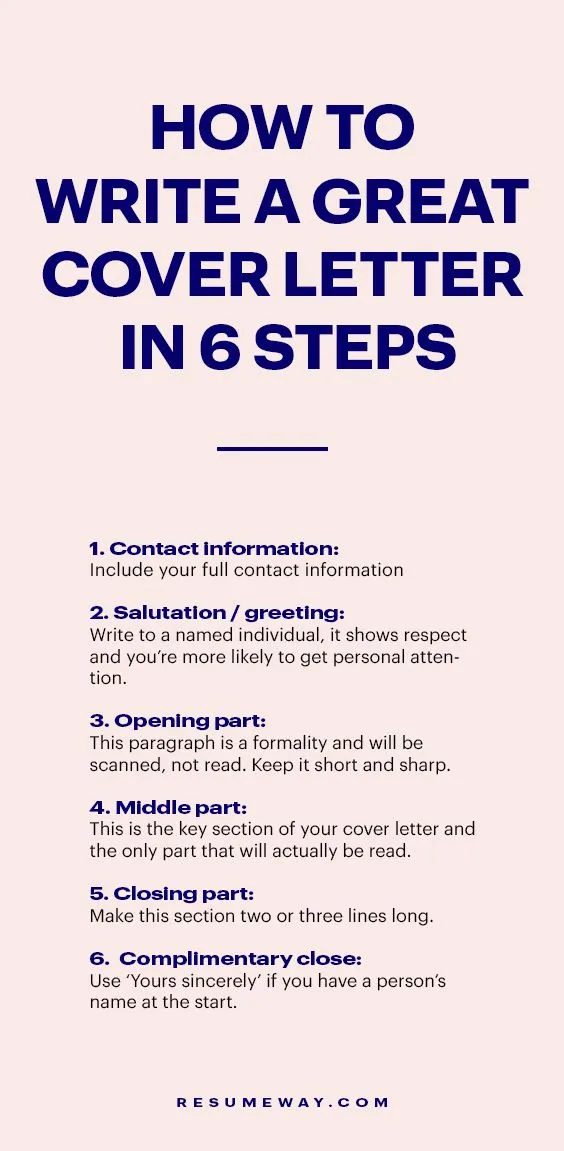
Tailoring your cover letter to each specific job application is crucial for demonstrating your genuine interest and suitability for the role. This means more than just changing the company name; it involves carefully analyzing the job description and highlighting the skills and experiences that align with the employer’s requirements. Research the company’s mission, values, and recent activities to show you understand their culture and objectives. Use the same keywords and phrases found in the job description to demonstrate that you understand the role and what the employer is looking for. Tailoring your cover letter shows that you are not just sending out a generic application, but you have taken the time to understand the specific needs of the position and are genuinely interested in the opportunity. This level of customization can significantly increase your chances of getting noticed and securing an interview.
Quantifying Your Achievements
Whenever possible, quantify your achievements to make your cover letter more impactful and demonstrate the value you can bring to the role. Instead of saying ‘Improved sales,’ state ‘Increased sales by 20% in one quarter.’ Use numbers, percentages, and specific metrics to provide concrete evidence of your accomplishments. Quantifying your achievements helps the hiring manager understand the tangible results you have delivered in past roles. This is especially important when highlighting skills and experience that are directly relevant to the job requirements. Providing quantifiable data makes your claims more credible and memorable. By using numbers, you not only demonstrate your accomplishments but also show your attention to detail and your ability to measure success. This can give you a significant edge over other candidates.
Closing Paragraph: Call to Action
The closing paragraph should reiterate your interest in the position and express your enthusiasm for the opportunity. Thank the hiring manager for their time and consideration. Include a clear call to action, such as stating that you are eager to discuss your qualifications further in an interview. Provide your contact information again (phone number and email) to make it easy for the hiring manager to reach you. Avoid generic closings like ‘Thank you for your consideration.’ Instead, express your genuine interest in the role and the company. A strong closing paragraph reinforces your key selling points and encourages the hiring manager to take the next step. It leaves the reader with a positive impression and increases your chances of getting an interview.
Formatting and Proofreading
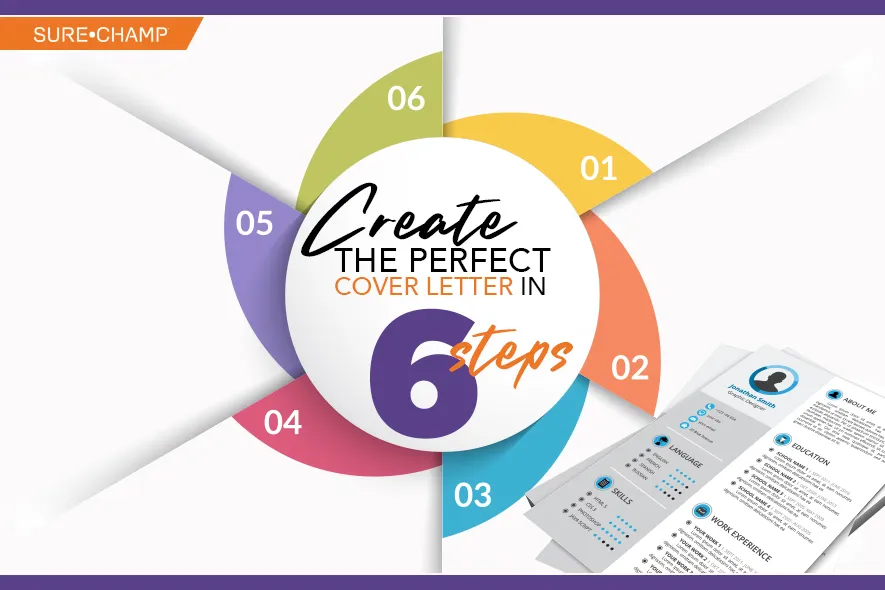
Formatting and proofreading are critical steps in creating a professional cover letter. A well-formatted letter is easy to read and visually appealing, while a polished, error-free document demonstrates your attention to detail and professionalism. Neglecting these steps can undermine your entire application and make you look unprofessional. Take the time to ensure that your cover letter is perfectly formatted and free of errors before submitting it. Proofreading is essential, as even minor mistakes can create a negative impression and damage your chances of getting an interview. A properly formatted and proofread cover letter shows that you take your job search seriously and are committed to presenting yourself in the best possible light. This attention to detail can significantly increase your chances of making a positive impression on the hiring manager.
Proofreading Your Cover Letter
Proofreading is a critical step in the cover letter writing process. Errors in grammar, spelling, and punctuation can undermine your credibility and damage your chances of getting an interview. Always proofread your cover letter multiple times, ideally with a fresh pair of eyes. Use grammar-checking software, but don’t rely on it entirely; it’s important to review the letter yourself. Read your cover letter out loud, as this can help you catch errors that you might miss when reading silently. Ask a friend or family member to review your cover letter. A second set of eyes can often spot mistakes you may have overlooked. Pay close attention to detail, especially when it comes to names, dates, and contact information. Taking the time to thoroughly proofread your cover letter ensures that it presents you as a professional and capable candidate.
Formatting Tips for Readability
Formatting your cover letter correctly improves readability and helps the hiring manager quickly grasp the most important information. Use a clear, professional font such as Times New Roman, Arial, or Calibri, and a font size between 10 and 12 points. Use single-spacing for the body of the letter and double-spacing between paragraphs to create visual breaks. Use left alignment, as it’s the easiest format for reading. Keep your paragraphs concise, ideally between 3-5 sentences, to avoid overwhelming the reader. Use bolding or italics sparingly to highlight key points, but avoid overusing them. Ensure your cover letter fits on a single page, as hiring managers often have limited time to review applications. Proper formatting ensures that your cover letter is easy to read and visually appealing, making a positive impression on the reader and increasing your chances of getting an interview. The use of white space is a good thing, don’t fill up the whole page.
Cover Letter Examples and Templates
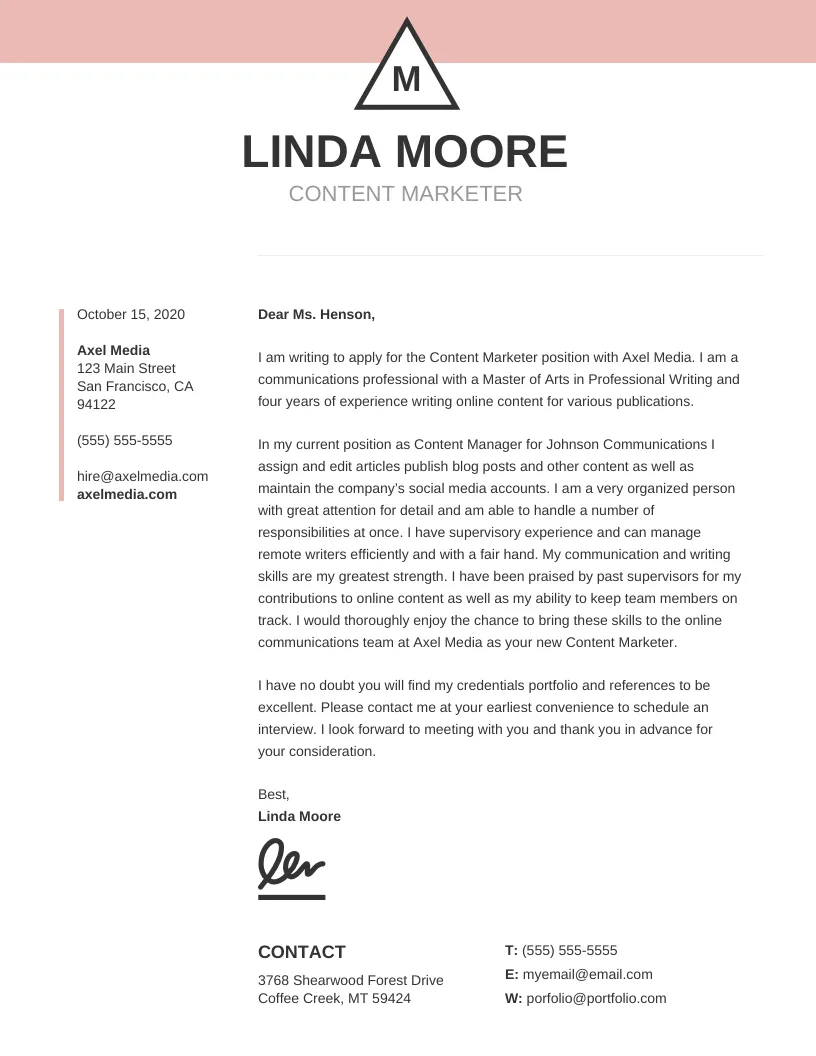
Utilizing cover letter examples and templates can be an excellent starting point for creating your own cover letter. They provide a framework and can help you understand the structure and content of a successful letter. However, it’s important to tailor these examples and templates to your specific situation, job, and industry. Remember to customize them to reflect your unique skills, experiences, and the specific requirements of the job you are applying for. Simply copying and pasting a template without making any changes will likely result in a generic application that does not stand out. The goal is to use these resources as inspiration and a guide. By adapting these resources to your own background, you can craft a highly effective and personalized cover letter that showcases your strengths and increases your chances of getting noticed by employers.
Where to Find Cover Letter Examples
There are numerous resources online where you can find cover letter examples and templates. Websites such as Indeed, Resume.com, and LinkedIn offer a wide variety of examples for different job titles and industries. CareerBuilder and Glassdoor also provide examples and templates that can serve as a useful starting point. When browsing these examples, pay attention to the structure, language, and tone used in each letter. Focus on understanding how the writers have highlighted their skills and experiences and how they’ve tailored their letters to the specific job requirements. Look for examples that are relevant to your field and the type of position you are applying for. By studying these examples, you can gain valuable insights into how to write a compelling and effective cover letter. Remember to use these examples as inspiration, not as a direct template, and always customize your letter to reflect your unique qualifications and the specific job you are applying for.
Using Cover Letter Templates Effectively
When using cover letter templates, it’s important to customize them to reflect your unique skills, experience, and the specific requirements of the job you are applying for. Start by replacing the generic information with your own details, such as your name, contact information, and the hiring manager’s name (if known). Carefully review the template’s content and adapt it to your own background. Highlight the skills and experiences that align with the job description, providing specific examples of your achievements. Tailor the language and tone of the letter to match your personality and the company culture. Avoid using phrases that are not relevant to your application. By tailoring the template to your individual circumstances, you can create a personalized cover letter that showcases your strengths and increases your chances of making a positive impression. Remember, the goal is to create a unique and compelling letter that grabs the reader’s attention and persuades them to consider your application.
Common Cover Letter Mistakes to Avoid
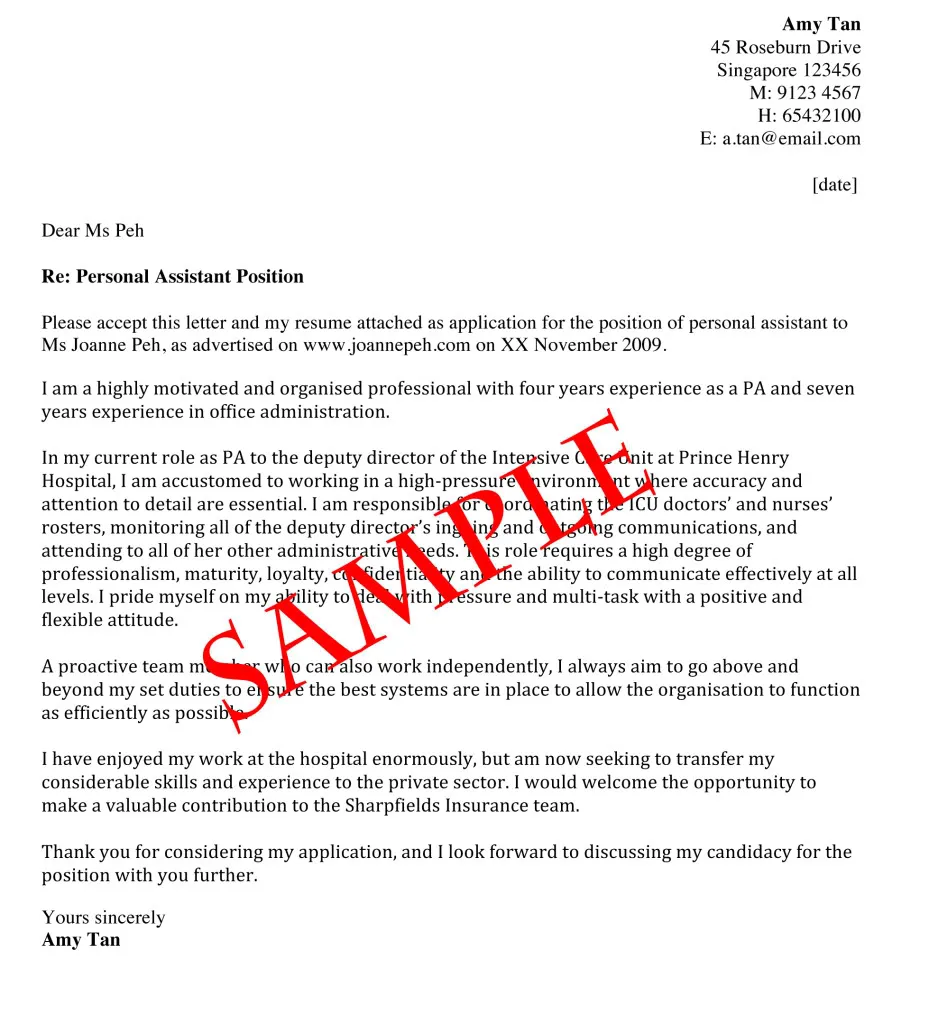
Avoiding common cover letter mistakes is essential for making a positive impression on the hiring manager and increasing your chances of getting an interview. These mistakes can range from generic content to grammatical errors. Being aware of the pitfalls and avoiding them can significantly improve the effectiveness of your cover letter and strengthen your job application. Taking the time to carefully review your cover letter before submitting ensures that you present yourself as a professional and capable candidate. This attention to detail can make all the difference in a competitive job market.
Generic Cover Letters
One of the most common mistakes in cover letter writing is using a generic cover letter that is not tailored to the specific job or company. Generic letters often lack the personal touch and specific details that can make your application stand out. They may use vague language and fail to highlight the skills and experiences most relevant to the position. Hiring managers can quickly recognize a generic cover letter, and it can create a negative impression. Always customize your cover letter for each job application. Research the company and the role, and then tailor your letter to reflect the specific requirements and the company’s values. Highlighting relevant skills, experiences, and achievements demonstrates your genuine interest in the position and the company. A personalized cover letter shows that you have taken the time to understand the needs of the employer. It significantly increases your chances of making a positive impression and getting your application noticed.
Typos and Grammatical Errors
Typos and grammatical errors can instantly undermine your credibility and create a negative impression, regardless of your qualifications. These errors indicate a lack of attention to detail and can suggest a lack of professionalism. Always proofread your cover letter multiple times, ideally with a fresh pair of eyes. Use grammar-checking software, but don’t rely on it completely. Read your cover letter out loud, as this can help you catch errors that you might miss when reading silently. Ask a friend or family member to review your cover letter. A second set of eyes can often spot mistakes you may have overlooked. Taking the time to thoroughly proofread your cover letter is an essential step in ensuring that your application makes a positive impression and increases your chances of getting an interview. Ensure every sentence is clear, concise, and free of any errors.
Ignoring the Job Description
Ignoring the job description is a common mistake that can significantly decrease your chances of getting an interview. The job description is a critical document that outlines the requirements, responsibilities, and preferred qualifications for the role. Failing to address these points in your cover letter shows that you have not taken the time to understand the position or the employer’s needs. The job description serves as a roadmap for your cover letter. Use it to identify the key skills, experiences, and achievements that the employer is seeking. Highlight these in your cover letter, providing specific examples of how you have demonstrated these qualities in past roles. This demonstrates that you are a good fit for the position. Tailoring your cover letter to the job description shows that you are genuinely interested in the role. It increases your chances of being selected for an interview.
Cover Letter Best Practices: Summary
Creating a compelling cover letter requires careful attention to detail and a strategic approach. Start by researching the company and the job. Tailor your letter to the specific requirements of the position, highlighting the skills and experiences that align with the employer’s needs. Use a professional format with a clear and concise structure. Proofread your letter multiple times to eliminate any typos or grammatical errors. Include a strong opening that grabs the reader’s attention and a clear call to action in the closing paragraph. When possible, quantify your achievements to demonstrate your value. By following these best practices, you can significantly improve your chances of making a positive impression and securing an interview. Remember, the cover letter is your opportunity to showcase your personality, enthusiasm, and qualifications. It is your chance to stand out from the competition.
